ChatGPT
ChatGPT is a language model, using more than 175 billion parameters. It was trained on terabytes of text, which is making it one of the largest language models to date.
OpenAI, the company behind ChatGPT, introduced it as a tool for developers and users to explore natural language understanding, creative text generation and various applications in conversational AI.
However, it doesn't possess real-time awareness and may generate inaccurate or nonsensical responses.
It has two main model versions:
- GPT 3.5 - free version, available after registration,
- GPT 4.0 - enhanced paid version, available in Plus plan from $20 a month.
Pricing (has free plan)
Basic AI models
Usage limits.
Unlimited chats.
Advanced models.
Increased limits.
Browse, create, and use custom GPTs.
Process and generate images.
Additional tools like DALL·E, Browsing, Advanced Data Analysis and more.
Priority access to new features.
Summary
Provides quick and detailed information on a wide range of topics, saves time, in some cases better than search engines. But may sometimes produce incorrect or outdated information and lacks personal intuition and emotional understanding. Ideal for individuals needing reliable, prompt information such as students, professionals, and researchers, but users should verify facts for critical or complex topics.
FAQ
It can answer questions and assist you with various tasks, for example: compose emails, essays, write, debug and review code, answer questions, play text-based games, analyze data, rewrite, summarize and much more.
In very simple words: it understands what you say and can write almost like a human.
It's like a super smart friend who reads a lot. When you ask it a question, it looks into its memory bank and finds the most relevant information to answer you.
To generate relevant answers, after analyzing input, it produces output, where each word position is calculated by a neural network-based language prediction model. Everything it creates is based on it's dataset. It cannot imagine, predict future or invent something. Though, sometimes it seems that it can think, but in current state it cannot.
When you use ChatGPT for a particular task, it fine-tunes its knowledge based on the input it receives.
It predicts what comes next in a sentence, considering the context. This prediction ability is what allows it to answer questions, create text, and engage in conversations. The more diverse and extensive its training data, the better it can work.
GPT - Generative Pre-Trained Transformers.
It's pre-trained, meaning it already knows a lot before you use it for specific tasks like answering questions or creating text.
GPT works through a process called unsupervised learning. Initially, it's trained on a massive dataset containing parts of the internet. It learns the patterns, context, and structure of the language during this phase.
OpenAI, the organization behind ChatGPT, primarily makes money through a combination of research grants, partnerships, and licensing agreements.
They are also offering pro paid plans to their users, which allows to use more enhanced AI models and some additional features.
No, but yes )))
ChatGPT doesn't create images, but in paid plans it works with DALL-E, an AI system that can create realistic images and art from a description in natural language.
So, yes, you can create images, working in the same interface, but technically speaking they will be not generated by ChatGPT itself.
Yes, there are ways to tell if you're chatting with an AI model like ChatGPT or with a human. Sometimes it can seem a little unnatural or lacking in human-like nuances. Some responses might have a little inaccurate information.
Specific patterns in text can show that the response is coming from an AI model. For instance, if you notice that the text is repeating phrases or structures, using generic or safe responses, lacking in personalisation or depth, or if it jumps between topics without a natural flow, or if it uses uncommon or unusual words or phrases, or if it's inconsistent in its knowledge or tone, then you can be pretty sure that the text is AI-generated.
Yes, but only in paid plans. In free version you can extract text from any document in advance and paste it as input to chat bot.
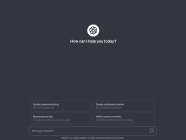
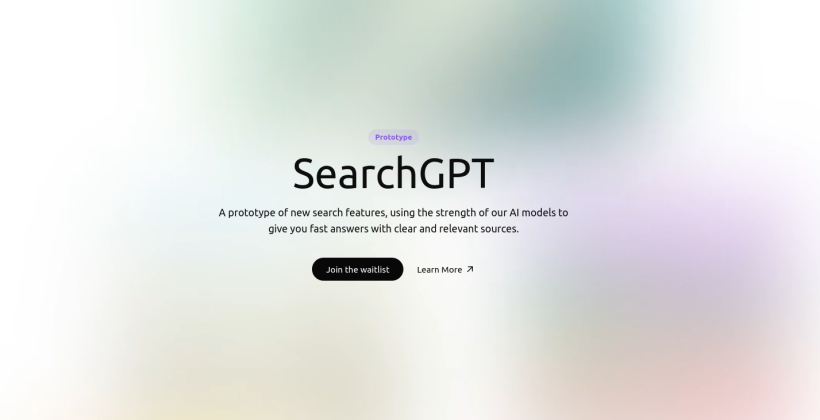
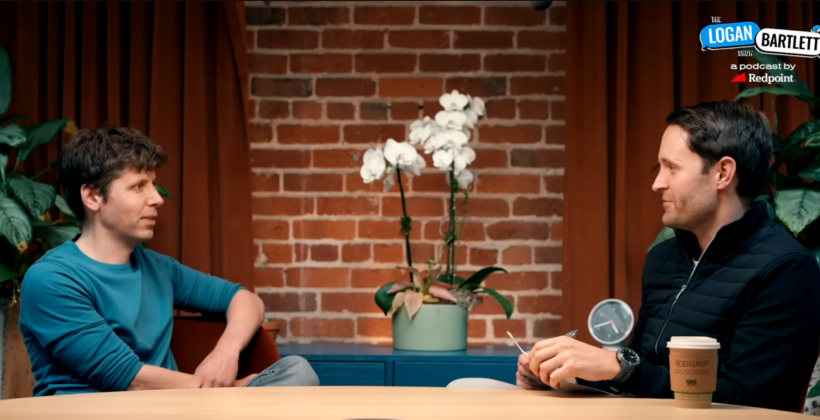
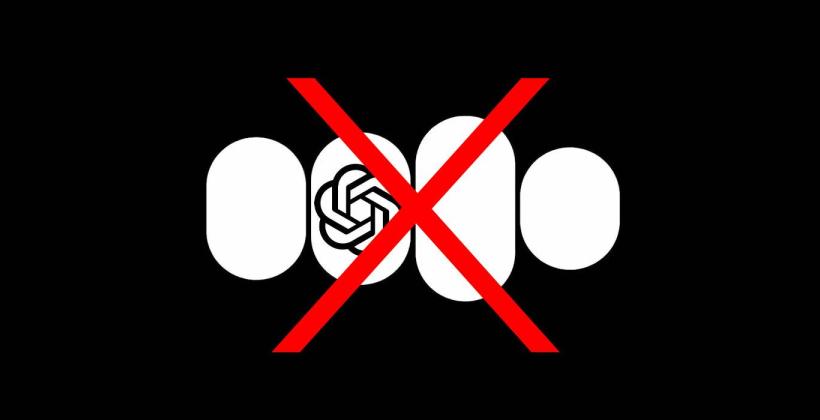
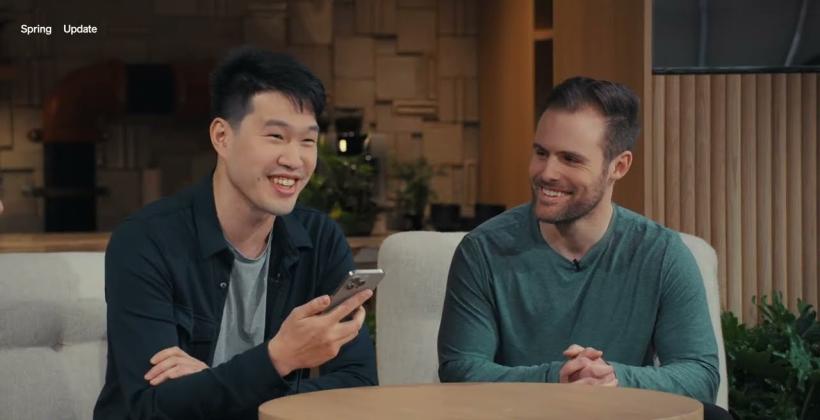



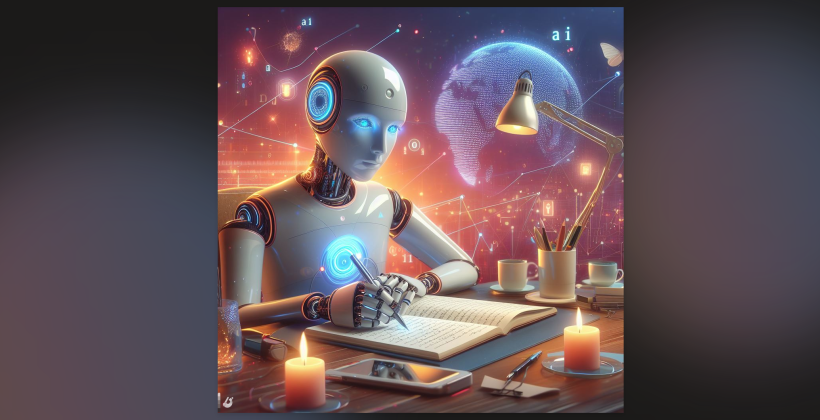
In some cases better, than search engines.
The free version has a limited dataset.
There is always an answer, even if it is wrong.
Hallucinations.
I can't imagine working without it anymore. It's so versatile that it's easier to list what it can't do. It handles routine tasks better than I can and I don't waste my time searching the web. But in most cases, double and fact check is needed.